Death came in a howling rush the day Hurricane Katrina unleashed hell on earth
Ten years ago today as Hurricane Katrina first hit the mainland of the United States, few could have imagined the horror it would leave in its wake.
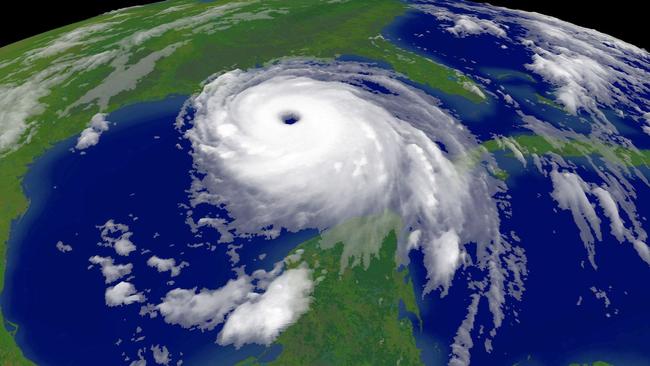
Today in History
Don't miss out on the headlines from Today in History. Followed categories will be added to My News.
Homes destroyed or inundated by floods that stretched to the horizon, dead bodies rotting in the heat on city streets, desperate survivors languishing in squalor inside a sport stadium as looters rampaged outside and local authorities struggled to cope with the scale of the hellish chaos. Not a third-world disaster; this was the United States a mere 10 years ago.
Pummelled by the wrath of Hurricane Katrina, the southeastern states quickly lost their veneer of civilisation. As horrific images of the storm’s aftermath were beamed around the world it became clear the country and President George W Bush were facing a critical test.
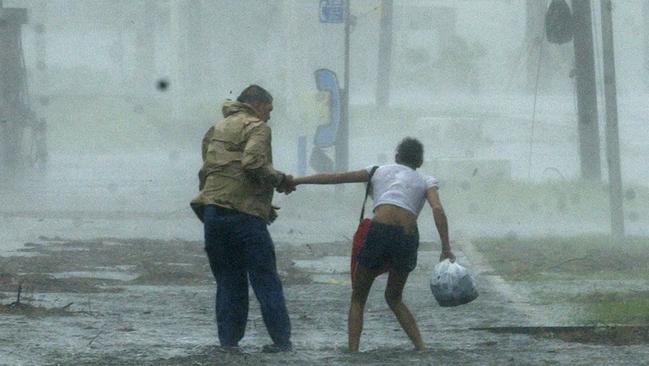
KATRINA MAKES LANDFALL
The first advisory of a tropical storm forming over the Bahamas had been issued on August 23, 2005. By August 24 the storm had gathered momentum to the point it was designated a hurricane and given the name Katrina by meteorologists. It was already a category 1 hurricane (one with winds of 119-154kph) by the time it made landfall between Miami and Fort Lauderdale on August 25.
From that moment Katrina began to make its presence felt. Trees were torn down and two people were killed by the falling timber. There was false hope in the early hours of August 26 as the hurricane weakened on its journey over land and was downgraded to a tropical storm, but as soon as it touched the warm waters of the Gulf of Mexico its intensity began to grow .
There was enough heat in the waters to whip the storm into a category 3 hurricane, with winds reaching 185km/h on August 27. One of the strongest Atlantic storms on record, its circulation spanned the entire gulf of Mexico.
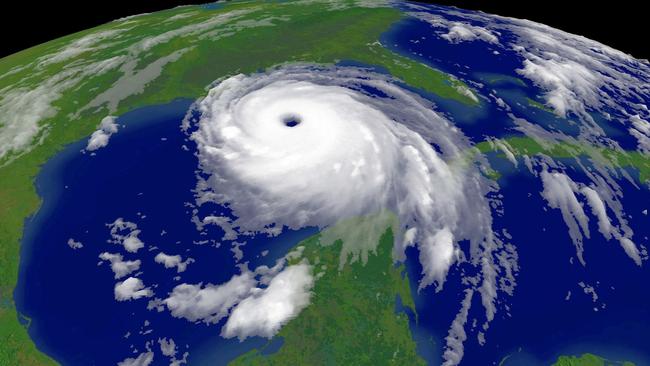
FACING CATASTROPHE
The next day the National Hurricane Centre warned Katrina was “potentially catastrophic.” Cities within its reach began to issue evacuation orders and the federal government began mobilising army reservists, the coast guard and other resources to deal with the emergency that would ensue when the storm again hit land. There were already accusations that some areas were left uncovered.
On August 29 the now category 4 hurricane (about 240km/h) began ploughing a path across land, hitting Plaquemines parish in Louisiana, southeast of New Orleans. One of the major concerns was whether flood mitigation works done in the 1960s and designed by US Army engineers would stand up to the storm surge. The storm made a mess of Biloxi and Gulfport in Mississippi and passed just east of New Orleans.
While the city itself missed being smacked by the worst of the winds, failed levees in New Orleans caused severe flooding. Waters rose so fast that many people were drowned in their homes. Thousands of homes were destroyed, leaving thousands homeless.
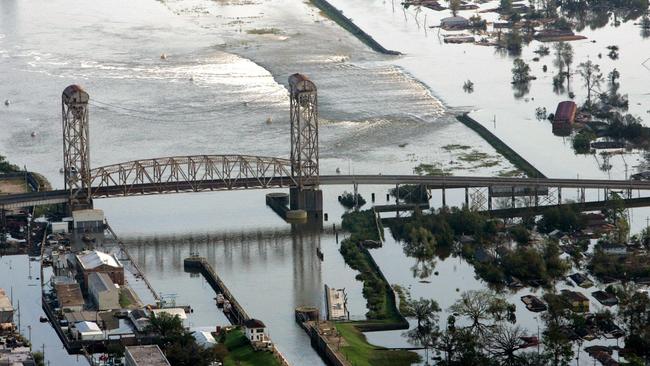
A CITY IN CHAOS
Although the storm lost force as it travelled further inland on August 30, the rains kept falling, cutting off evacuation routes and preventing vehicles getting in to continue the evacuations, much less to rescue those who were dangerously stranded or deliver food to the starving survivors.
With the police and National Guard unable to get through to New Orleans, law and order broke down, as rioting and looting spread across the city.
A stream of tens of thousands of refugees flowed into the Superdome sports stadium which had been badly damaged by the storms. As temperatures rose over the next few days, drinking water became short and disease from the waters rich with sewage spread. It seemed scarcely possible that the world’s most developed country could so quickly and easily slip into such a state.
By September 2 the military had begun to help restore order, distribute food and water and start the clean-up. Broken levees were repaired, debris and bodies cleared away, but the job of pumping out the water would take weeks. Work still continues on ensuring that the levees don’t experience the same kind of multiple failure that they did during Katrina.
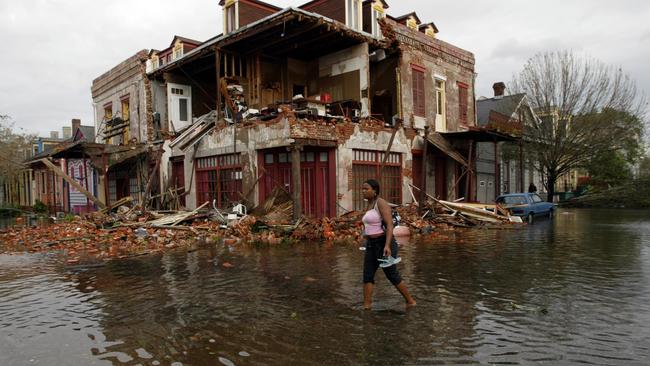
BILLION DOLLAR DAMAGES BILL
Immediately after the storm US Congress passed a bill approving $US 10.5 billion for rescue and relief efforts. In all they would approve around $142 billion. Damage was estimated at more than $US80 billion.
The official death toll was over 1800 with 135 people listed as missing. Before Hurricane Katrina New Orleans had a population of about 500,000. Police estimated about 10,000 remained in the city on August 31, 2005. It is now about 380,000
Originally published as Death came in a howling rush the day Hurricane Katrina unleashed hell on earth



